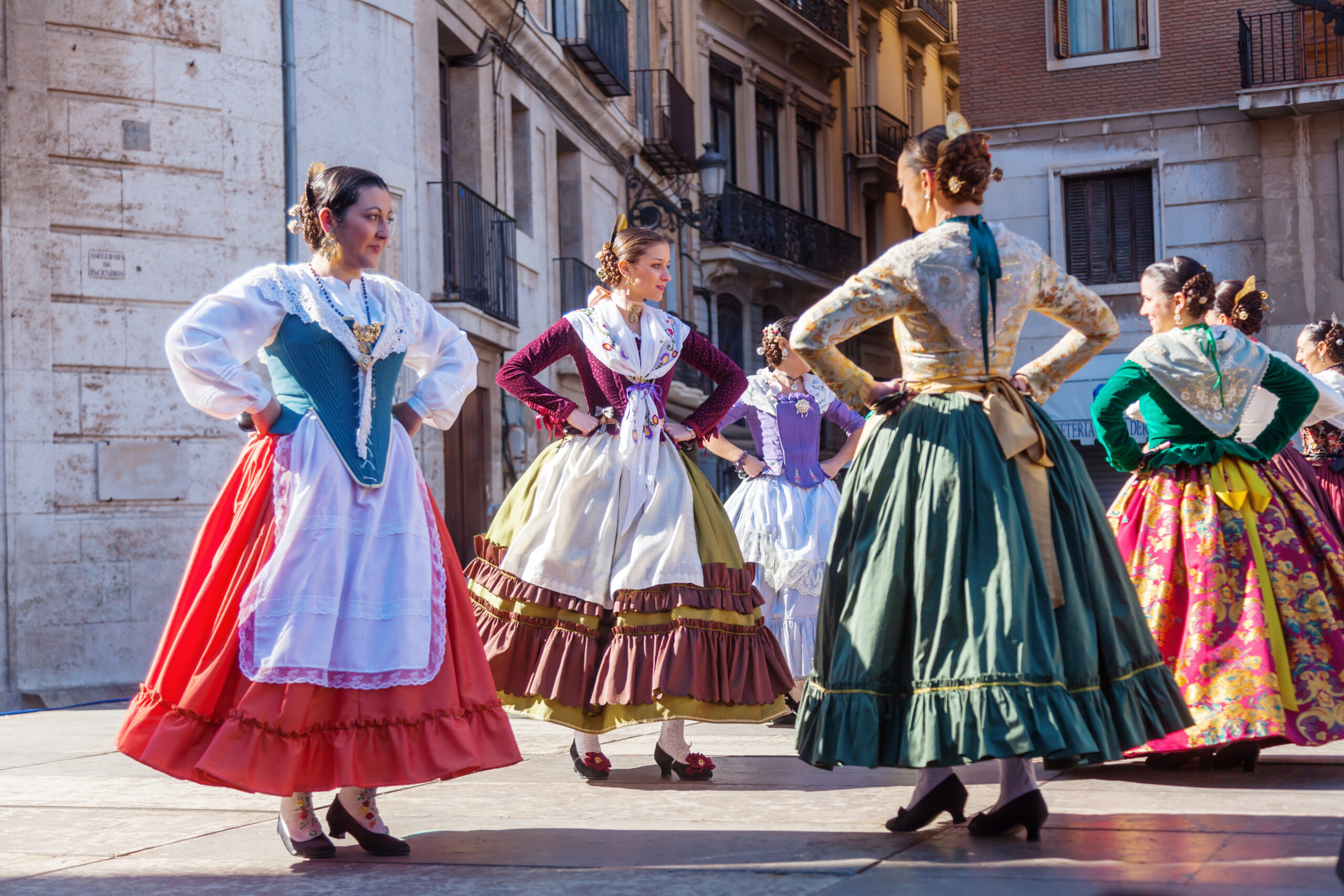Going abroad and visiting new countries goes along with discovering new cultures. To do this, nothing better than to go through the dance. Let yourself be carried away and learn more about the most folkloric dances around the globe.
Don\'t wait any longer to dance, dance is waiting for you!
To begin with, let yourself ►
Going abroad and visiting new countries goes along with discovering new cultures. To do this, nothing better than to go through the dance. Let yourself be carried away and learn more about the most folkloric dances around the globe.
Don\'t wait any longer to dance, dance is waiting for you!
To begin with, let yourself be transported to the heart of the Old Continent with Flamenco! Appearing in the list of UNESCO\'s intangible cultural heritage, this art form from Spain, and more precisely from Andalusia, combines dancing, singing and guitar playing.
This cultural dance became popular during the 18th century. This choreography has different styles depending on its origin and the character the artist wants to give it. As well accompanied by castanets, finger snaps and heel strikes, this display is associated with emotions and facial expressions that play an equally important role in this sensual movement of the body.
Performances take place all year round throughout Spain. Some areas called \tablaos\ are specially dedicated to Flamenco shows. Live the experience to the fullest with the Biennial Flamenco Festival held in Seville every two years during September, where many venues open their doors to host Flamenco artists. If you doubt about starting practicing, feel free. Many Flamenco courses are available. Perfect for beginners!
Let\'s stay on the old continent and go to the Celtic lands. Let\'s focus on Irish dances!
Step, tap and Ceili are Ireland\'s 3 most famous traditional dances. This first one became world famous after its success during its performance at the Eurovision in 1994. It is defined by a flexible and fast movement of the lower body while the upper body remains rigid. As for the tap dance, practicing it is \lighter\ and allows swaying with more freedom. Both performances require shoes with stiff heels and toes. The dancers wear elaborate dresses and wigs during events, as the tradition goes.
Finally, the Ceili is a group dance consisting of several couples exchanging partners and is accompanied by traditional Irish live music. Pointed toes and elongated limbs are its characteristics. It originated in the 16th century but emerged in the 20th century after Ireland’s independence from Britain. This dance, often practiced at weddings, brings people together and allows to create links with the locals, let yourself be tempted!
What about moving from the Old Continent to get closer to South Asia with the Bollywood dance.
This choreography succeeded worldwide in the 1970s following its representation in Indian cinema. Initially mixing folkloric forms and Indian dances, other cultures later inspired it to add rock, break and oriental dances.
We notice different types of Bollywood depending on the choreography and costumes: from classical romantic numbers to energetic ensemble movements and even extravagant erotic dances. Lyrics in the Indian language accompany these choreographies with a very recognizable tone. Whether in Bombay, in other Indian cities, in Europe or in the United States, we can now practice this art and all its derivatives in dedicated schools. Moreover, many festivals of traditional dances are unmissable in India, including the one in Modhera!
Heading now to Latin America and Argentina to discover a local passion: the Tango.
This movement was born at the end of the 19th century in the \conventillos\ or popular suburbs of Buenos Aires. The multitude of cultures in the capital led to a mixture of musical inspirations coming from the European immigration movement; this combination then created the Tango. It is a dance of seduction where one of the partners is guided by the other.
After developing in the capital\'s bars, the Tango made its ascent by contaminating the city\'s balls and its guinguettes. Many political crises, including a military dictatorship in the 20th century have impacted the artistic movement. More than a century after its appearance, Tango has overcome difficult times and is now present and taught in typical neighborhoods of Buenos Aires where the Tango Festival is held every year in August. Not to be missed!
Time to move forward to the heart of the cradle of humanity and steer to Senegal to discover the Sabar.
Of Senegalese origin, sabar is a Wolof term meaning a percussion instrument, a sensual dance (leumbeul) and a style of music. This dance is mainly practiced at weddings but can also be practiced in the streets of Dakar in the late afternoon. The sabar drum is jug-shaped. It dictates the rhythm of this aerial dance. The traditional dress is the bubú although all outfits are welcome! Socializing is most important. It allows the inhabitants to release the pressure and forget the problems momentarily.
Our final destination is East Asia. Have you ever heard of Nihon Buyô? It is a traditional dance originating in Japan. Considered a discipline, this classical dance is practiced in kimono. One specificity is the aspect of its movements, which reveals pure elegance and refinement. Its practice is somewhat tricky, but remain confident! Many schools have been established around the globe.
Obviously, there are many other traditional dances around the globe.
Stay tuned for more! ◄
